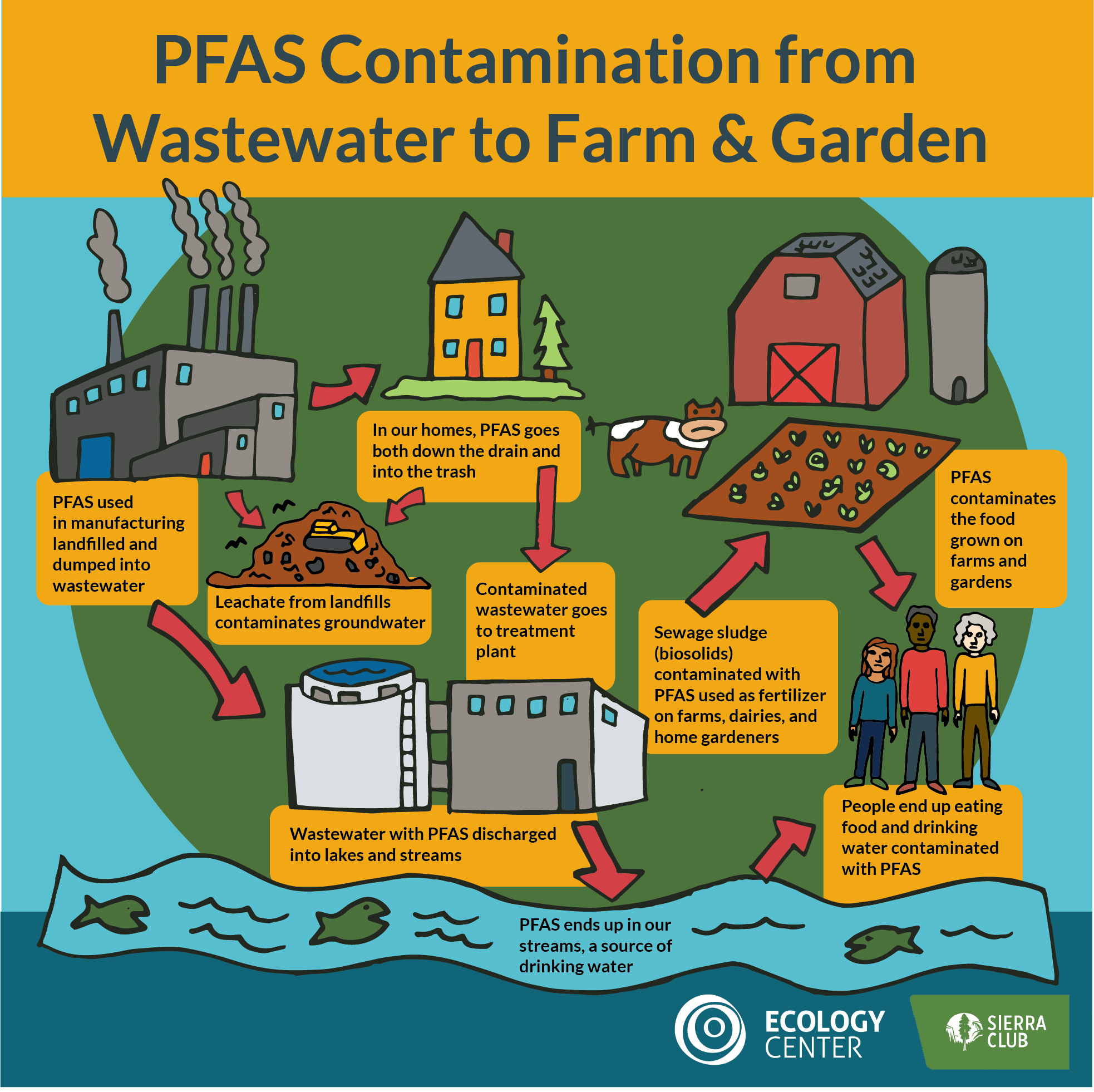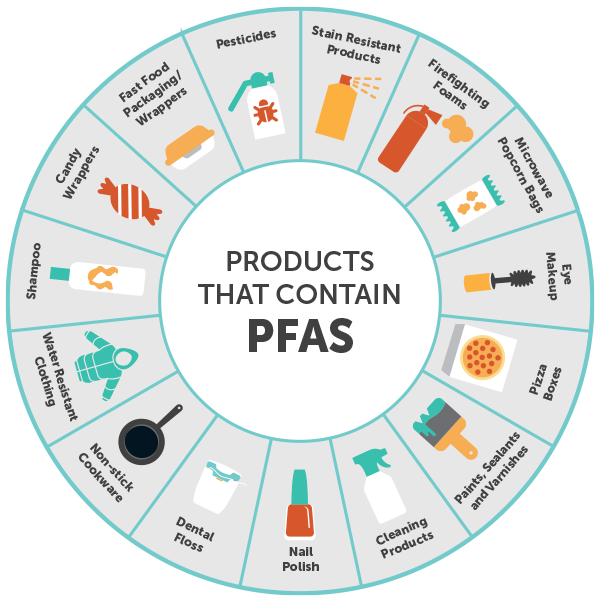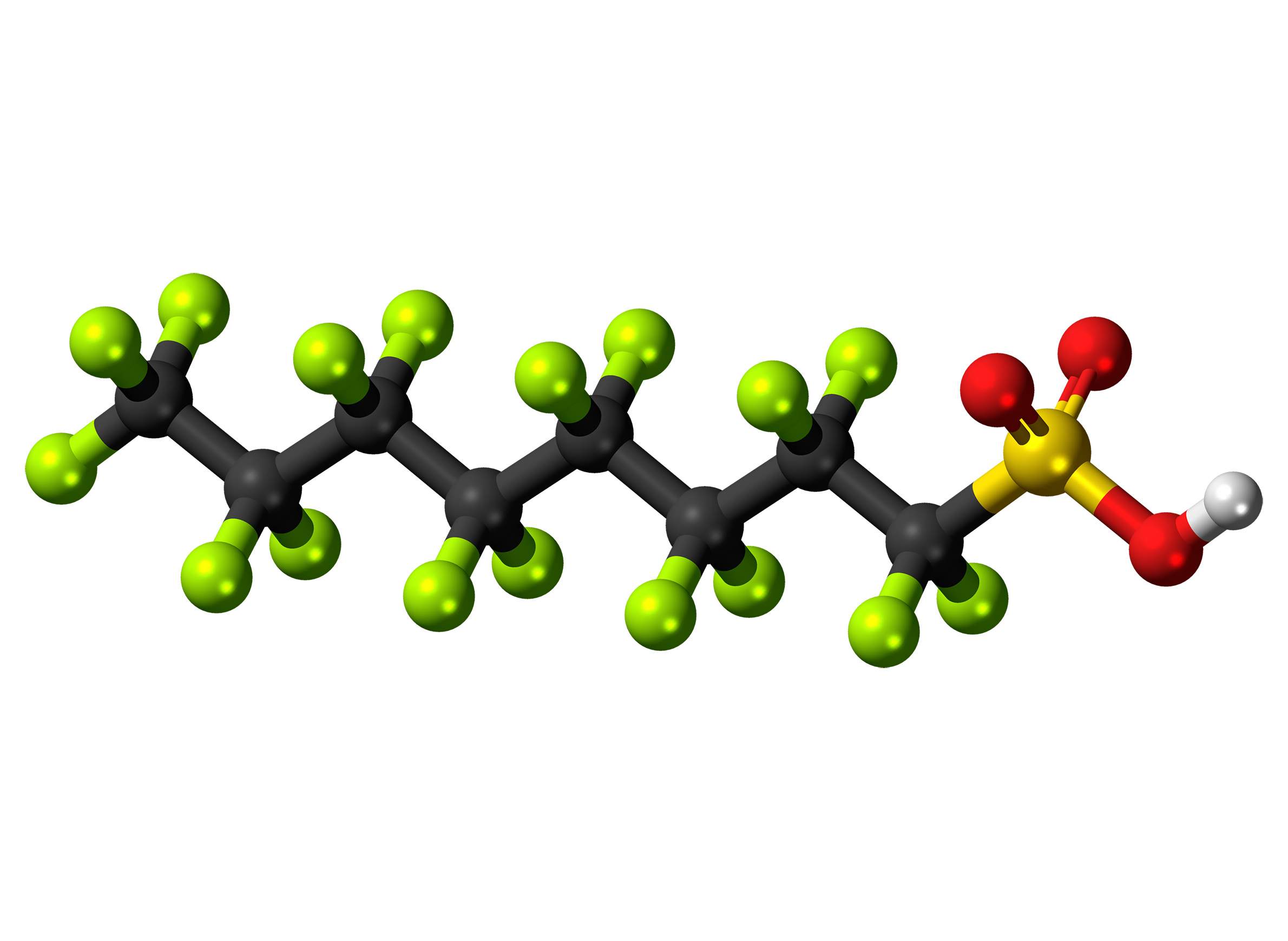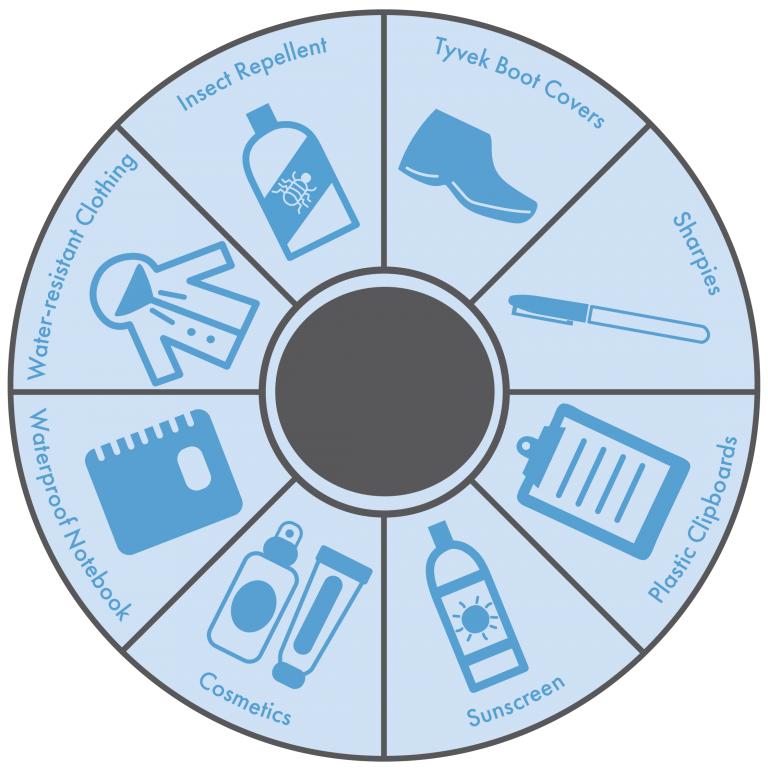PFAS
PFASs have a wide range of different physical and chemical properties. For example they keep food from sticking to.
![]()
Innovative Ways To Destroy Pfas Challenge Us Epa
Per- and polyfluoroalkyl substances PFAS are synthetic organofluorine chemical compounds that have multiple fluorine atoms attached to an alkyl chain.

. THE PROBLEM WITH PFAS. PFAS are bioaccumulative meaning they build up in the bloodstream and tissue. PFOS is just one of.
PFAS may be listed on the ingredient list as PTFE polytetrafluoroethylene perfluorooctyl triethoxysilane perfluorononyl dimethicone perfluorodecalin and perfluorohexane. Its even been found in our. On August 26 2022 EPA issued a proposal to designate two of the most widely used PFAS as hazardous substances under CERCLA or Superfund.
An early definition from 2011. To ensure food contact substances. PFAS are found in water air fish and soil at locations across the nation and the globe.
PFAS stands for per- and poly-fluoroalkyl substances and are manufactured chemicals used in products that resist heat oil stains and water. It turns up in everything from household items to fast food wrappers. Scientific studies have shown that exposure to some PFAS in the environment may be.
PFAS chemicals are widely used to coat paper and cardboard wrappers for fast food and bakery goods. Some PFASs are described as long. The chemicals have been used in Australia and.
Per- and polyfluoroalkyl substances PFAS are a group of over 9000 synthetic chemicals 1 that have been used in industry and consumer products worldwide for over 70. PFAS are a large complex and ever-expanding group of manufactured chemicals that are widely used to make various types of everyday products. PFAS testing began in Minnesotas lakes and streams in 2004 which has led to fish-consumption advisories due to perfluorooctane sulfonic acid PFOS levels in fish tissue.
Per- and polyfluoroalkyl substances PFAS are a group of human-made chemicals that were first used in the 1940s followed in subsequent decades by the. Some PFAS are used in cookware food packaging and in food processing for their non-stick and grease oil and water-resistant properties. They can be gases liquids or solid high-molecular weight polymers.
PFAS a class of more than 4000 different chemicals is everywhere. PFAS are man-made chemicals that have been used in industry and consumer products worldwide since the 1940s. Per- and polyfluoroalkyl substances PFAS are a family of over 5000 man-made chemicals with many useful properties including the ability to repel water prevent staining and increase.
Per- and polyfluoroalkyl substances PFAS are man-made chemicals that have been widely used in industry and consumer products since the 1940s and remain in. Since at least the 80s research has found links between PFOS and. PFAS chemicals lurk in stain-resistant furniture and carpets treated with Scotchgard.
They have been used to make nonstick cookware water-repellent.

Sludge In The Garden Toxic Pfas In Home Fertilizers Made From Sewage Sludge Sierra Club

Breaking Down Toxic Pfas Earthjustice
Us 6 15 Billion Pfas Remediation Forecast Underpinned By Changing Regulatory Environment Bluefield Research

America S Dairyland May Have A Pfas Problem Nrdc

Per And Polyfluoroalkyl Substances Pfas Tampa Bay Water

What Are Pfas And Why Are They A Problem Wiscontext
.png?language_id=1)
How Will Pfas Impact The Michigan Cattle Industry Agriculture
Pfoa Pfos And Pfas What You Need To Know Simplelab Tap Score

How Well Do Product Labels Indicate The Presence Of Pfas In Consumer Items Used By Children And Adolescents Environmental Science Technology

Portsmouth Water System Pfas Updates City Of Portsmouth

Pfas Washington State Department Of Ecology

Perfluoroalkyl And Polyfluoroalkyl Substances Pfas

Ca Is First State To Ban Toxic Forever Pfas In Textiles Nrdc

Pfas Evidence Piles Up Puts Polluters On Notice Nc Health News

A Federal Plan For Pfas What Does That Mean In Missouri Missouri Coalition For The Environment

